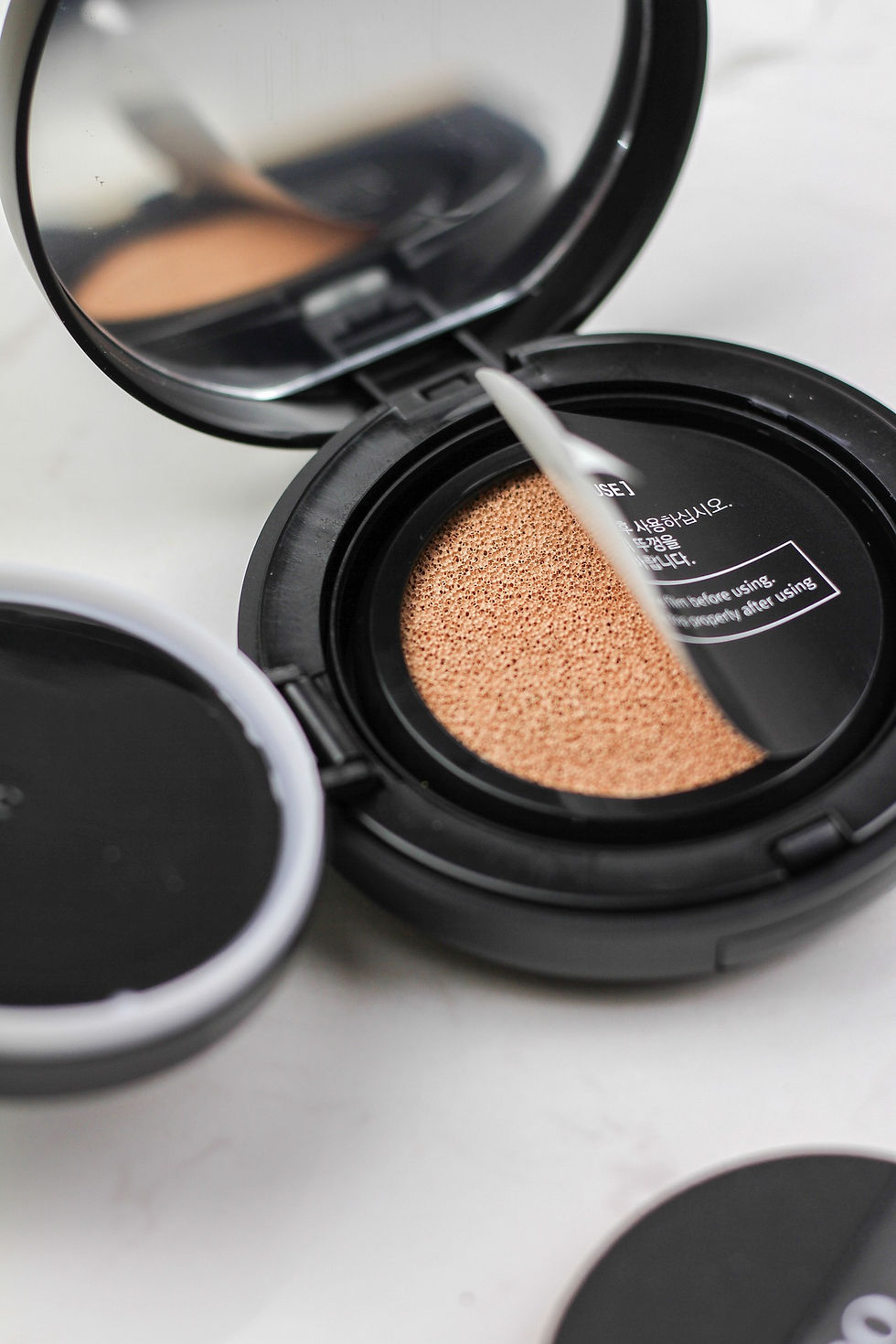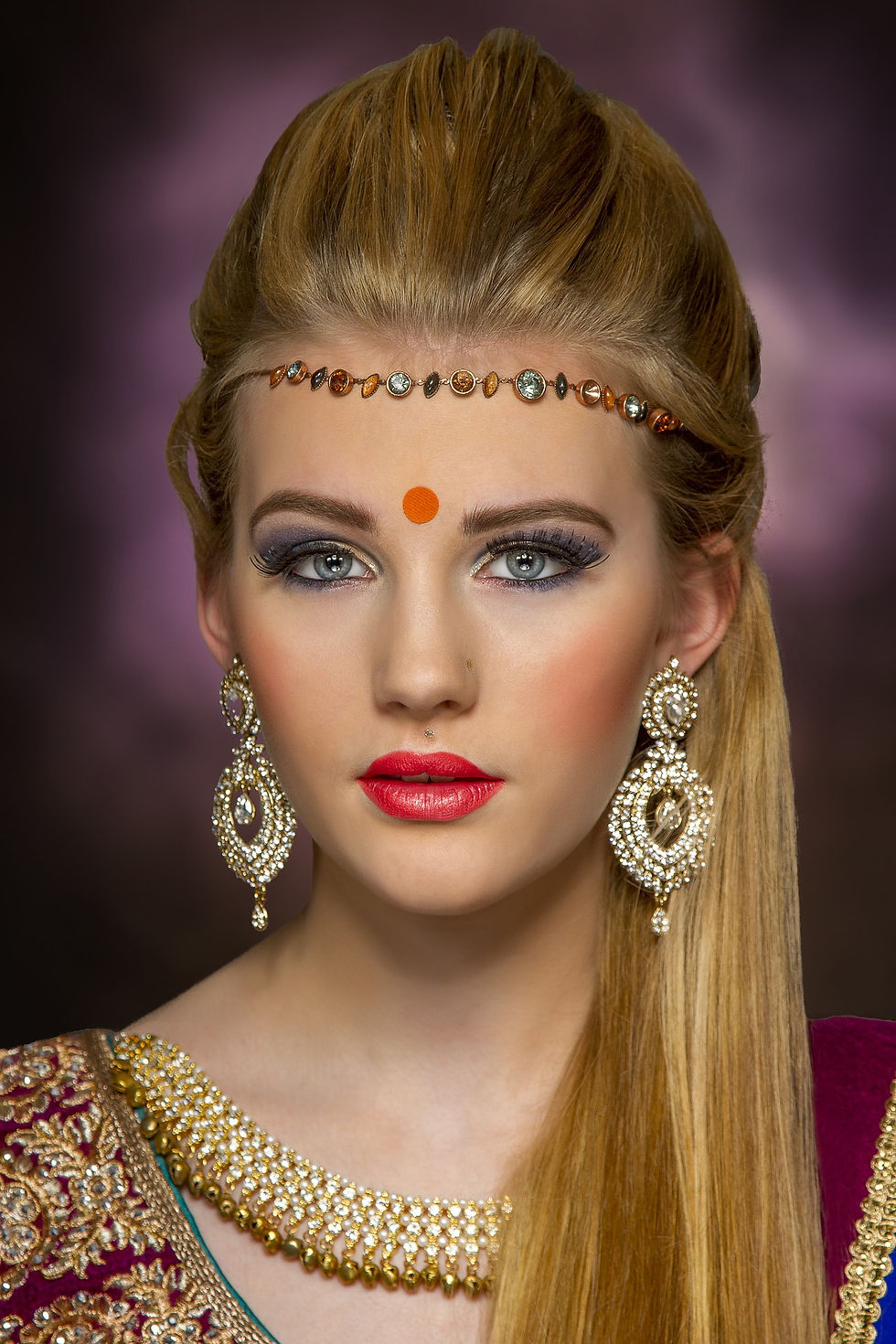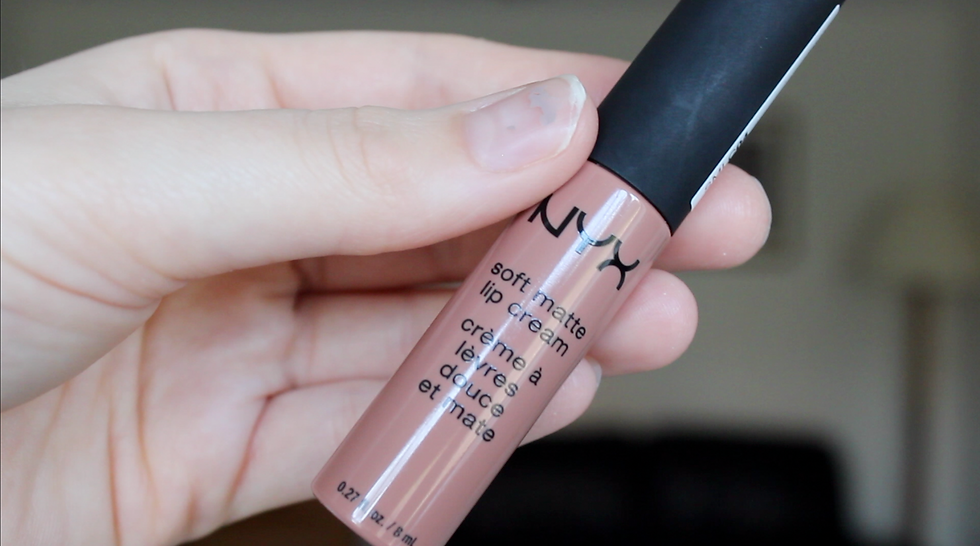Beauty Trends In Different Countries
- Kayleigh Spencer
- Mar 12, 2019
- 3 min read
Updated: Apr 11, 2019
The main aim of makeup is to help women express themselves and achieve a desired look or effect. The way makeup is used depends on the country and culture. There are always differences as well as similarities and it is interesting to see how in different places unique and original makeup techniques are used and certain looks are extremely popular.
Korea
In Korea makeup is used to emphasise youthfulness and health; two things that are highly desirable. Radiant and dewy looking skin is a must to achieve a young, flawless finish and many women use liquid compacts which make liquid foundations transportable. These are cushion compacts which combine makeup and skincare into one product to achieve convenience and overall give a light and fresh finish.
Innovative makeup techniques are used in Korea to give the illusion of bigger lips. A gradient effect is created by applying a darker lipstick to the centre of the lips and blending outwards. This technique started in Korea and has become so popular that across the rest of the world makeup brands are beginning to sell two-tone lipsticks to help people easily achieve this desired gradient effect.
Eye makeup is also distinctive in Korea; so much that it is considered ‘point makeup’ as it is the focus and main ‘point’ of a woman’s face. A ‘puppy eye’ effect is desirable and achieved through eyeliner on the upper lid extending outwards and downwards. ‘Aegyo sal’ is the term used for cute bags below the eyes and means ‘eye smiles.’ This look is also achieved through the skillful use of makeup.
Some women in Korea even go as far as having plastic surgery to achieve this look. One of the procedures available is called 'fat grafting' and involves transferring fat tissue from other parts of the body like the abdomen or hip area to the under eye area.
Japan
In terms of makeup trends the Japanese culture is similar to that of Korea yet there are some differences. Overall a cute and girly look, formally known as ‘kawaii’ is popular. The way many people in Japan achieve this is through applying a pink blush underneath the eyes to give a flushed look, almost as if they are drunk. This is known as ‘Igari makeup’ and is a huge trend in Japan. The difference with Japanese makeup is the preference for a matte, pale look on the skin with a heavy coverage. This directly contrasts with the glowing finish most Korean women go for. Many women in Japan also use circle lenses to make their eyes appear larger and rounder as well as accentuating the eyes with false lashes.
India
If you were to look at the way people do their makeup in India, you will see a dramatic difference compared to Korea as bold makeup looks are what most women go for. Bright lips and dark smoky eyes are popular amongst women, along with winged eyeliner and bold brows. Making a statement with makeup is much more the aim.
Religion also significantly effects the way a woman does her makeup in India. Hindu makeup frequently consists of forehead decoration otherwise known as 'the bindi.' In Southern India girls choose to wear a bindi and in other areas it is worn as a sign of marriage. The bindi is believed to represent prosperity. The positioning of the bindi is also significant as the area between the eyebrows referred to as 'agna' meaning 'command' is the point where all experience is gathered.
There are now many variations of the traditional bindi and women experiment with different designs. It has become a 'fashion statement' and a creative use of makeup in India.
These unique beauty trends from around the world inspire women to push the boundaries with makeup and step out of their comfort zone that little bit more whilst making themselves more attractive and youthful looking.
American makeup artist Michelle Phan encourages people to learn about different cultural trends and says that “no matter the beauty standard of a particular country, there is usually a common thread: youthfulness and femininity. There’s this pressure to look younger and appear closer to society’s version of feminine.”
This pressure to look more ‘womanly’ and visually appealing can come from the influence of social media as well as enforced gender stereotypes that have been around for years.










Comments